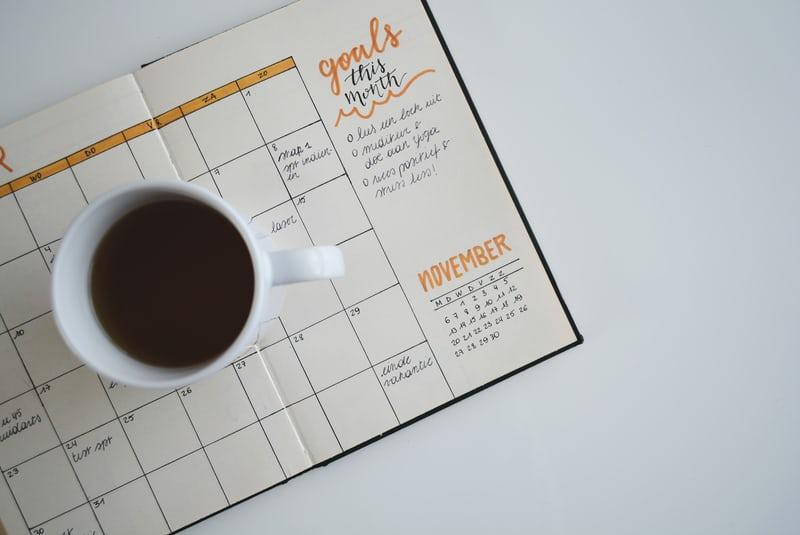The easiest way to help someone incorporate a new habit is to 1) help them do something they already want to do, and 2) tie it to something they’re already doing. Starting a new habit is hard enough. How can you be a triathlete if you’ve never even done a 5k? Rather than focus on the big goal, take a small part of it and tie to existing behavior.
What’s an anchor anyway?
An anchor is an action that you already do. It should be done at the same time of day you’d like to try your new behavior and with the same frequency. These anchors over time will form cues to try your new behavior. Here are some sample anchors along with some behaviors you could try linking them to.
After I set my bag down at work … I will practice meditation for 1 minute.
After I sit down to start my workday … I will create a three-item list with my top priorities.
After I finish eating lunch … I will go for a walk around the room.After I brush my teeth … I will floss one tooth.After I park my car in the morning … I will message my spouse words of encouragement.
The power of these anchors is that they will create more moments for you to take action. If habit formation is like the game of baseball, using anchors is the difference between getting to the plate 3 times in a game or just once. Those extra at-bats will automatically improve your odds of succeeding with a behavior regardless of the size. Pair that with the Tiny Habits method of starting small, and you really can’t lose.
The first step of anchoring
The first step of using anchors is to create a list of all the things in your day that you do with regularity. This will range from meals, trips to an office, calls with a loved one, or trips to the bathroom. From here, create a list of the behaviors that you are looking to perform as habits. Are you looking to practice mindfulness and meditation? Connect with a loved one? Learn a language?
Match the behaviors to the anchors that make the most sense. To determine a good fit ask:
- Can this behavior be done in the same place as my anchor? For example you might want to clean your car more, but linking that behavior to the after I brush my teeth anchor will be difficult, unless you have a way of cleaning your car all the way inside the house.
- Does this seem like something I can actually do? If you’ve ever bitten off more than you can chew, you know this question has a lot of power. If the behavior doesn’t seem right, try starting smaller. Instead of running a mile, start with putting on your running shoes. It’s much easier to scale up a behavior once you are doing it everyday than to start big, fail, and try to bounce back.
- Why do I want to do this behavior? So often we think of behaviors at a surface level. Exercise is good for me so I should do it. But why do you care about cycling? You can get exercise other ways. Is it the fact that you can do it with friends? Is it part of an identity that you are looking to create? By linking behaviors back to their root aspirations you can find behaviors that tie back to a core aspiration you’re interested in.
The combination of these three questions will not only tell you which anchors and behaviors are likely combinations, but also give you a way to determine which behaviors to try first. Whether you are designing a new behavior for yourself or a family member, anchors give you the best chance of taking a behavior and making it a habit.



